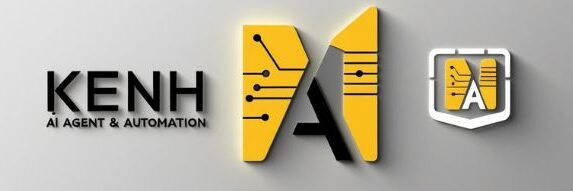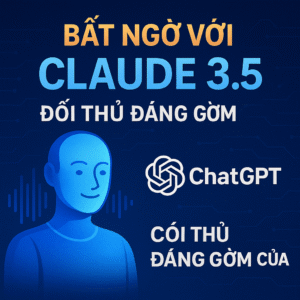AI News Today: The Evolution of Workflow Orchestration
Introduction
As AI adoption surges, workflow orchestration has emerged as a core layer of automation infrastructure. In this article, we examine how developers and enterprises are building, scaling, and optimizing intelligent workflows to drive decision-making, task automation, and human-like reasoning—often without traditional code.
What is Workflow Orchestration in AI?
Workflow orchestration refers to the automated coordination of tasks, models, tools, and APIs in a logical flow to accomplish complex goals using AI. It’s the backbone of systems that manage:
Data ingestion
Reasoning with large language models (LLMs)
Task delegation to tools or agents
Decision trees and fallback paths
In 2025, this orchestration layer is increasingly being handled by no-code platforms, declarative pipelines, and modular agent frameworks.
Key Components
🔧 Core Technologies
| Category | Tools & Frameworks |
|---|---|
| LLM Orchestration | LangChain, CrewAI, LangGraph, DSPy |
| Agents & Planning | AutoGen, MetaGPT, OpenAgents |
| Tool Integration | Zapier, Make, OpenAPI specs |
| Context Management | RAG, VectorDBs (Pinecone, FAISS), memory stores |
| Execution Engines | Python AsyncIO, Celery, NodeJS Workers |
📌 Workflow Example
Trigger: User message or event
Router: Decision node chooses agent/task
Agent Execution: LLM prompts + tool use
Toolchain: API calls, document search, data fetch
Response Builder: Summarize + output to user/system
Real-world Applications
Legal AI Assistants: Orchestrate PDF readers, LLM summarizers, and clause extractors.
AI Sales Agents: Coordinate CRM access, lead scoring, and email automation.
Customer Support: Self-healing agents that re-prompt or escalate based on outcome evaluation.
E-commerce AI: From product categorization to ad copy generation and inventory sync—all via workflow agents.
Case Study: AI Agent for Customer Service
Company: Mid-sized SaaS firm
Challenge: 70% of support tickets were repetitive
Solution: Used CrewAI + FAISS + GPT-4 to orchestrate an agent capable of:
Detecting intent from messages
Searching previous tickets via vector search
Responding with relevant, human-like answers
Escalating only non-standard queries
Results:
65% auto-resolution rate
Response time reduced from 1.8 hrs to under 5 minutes
Increased customer satisfaction (CSAT) by 18%
Challenges and Considerations
⚠️ Orchestration Complexity
Nested prompts, multiple tools, and fallback chains can spiral into chaos. Modular design and logging are key.
⚙️ LLM Unpredictability
Agents may hallucinate or take unintended actions. Guardrails, system prompts, and action validators help mitigate risk.
💰 Cost & Performance
Orchestrated workflows often use several GPT calls, vector lookups, and API pings—be mindful of latency and API costs.
Future Outlook
🔮 2025 Trends
Graph-Based Workflow Builders: LangGraph and DSPy enable visual orchestration of agent behavior
Auto-Evolving Agents: Self-updating workflows based on feedback or performance metrics
Cross-Agent Collaboration: Multi-agent frameworks will support real-time task negotiation and coordination
Low-Code/No-Code Expansion: Tools like Flowise and ReAct Studio will bring orchestration to non-developers
Conclusion
Workflow orchestration is no longer just a backend concept—it’s the AI operating system powering customer interactions, business decisions, and internal automations. As tools become more intuitive and agents grow more capable, the orchestration layer will define how well businesses can scale with AI.
🚀 Want to Master AI Tools?
Join our recommended AI Mastery Course and start building smart AI workflows that drive real business outcomes.

